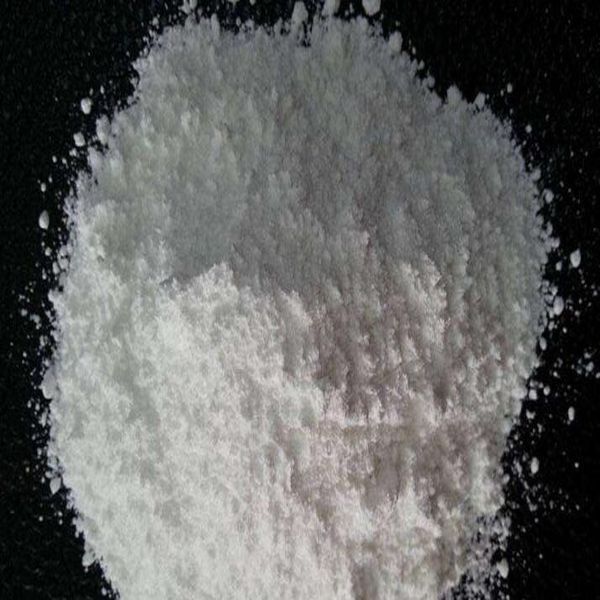- Home
- News
- Sulfadiazine Sodium is used for sensitive bacterial infections, but also for Toxoplasma gondii infections.
Sulfadiazine Sodium is used for sensitive bacterial infections, but also for Toxoplasma gondii infections.
Sulfadiazine sodium is a medium-acting sulfonamide antibacterial drug that has antibacterial effects on many Gram-positive and negative bacteria. For non-enzyme producing Staphylococcus aureus, Streptococcus pyogenes, Streptococcus pneumoniae, Escherichia coli, Klebsiella, Salmonella, Shigella, Neisseria gonorrhoeae, Neisseria meningitidis, influenza Haemophilus has an antibacterial effect, and it is also active against Chlamydia trachomatis, Nocardia astrocyte, Plasmodium and Toxoplasma in vitro. This product has the same antibacterial activity as sulfamethoxazole. However, the resistance of bacteria to this product has increased in recent years, especially Streptococcus, Neisseria and Enterobacteriaceae.
Apply to
1. For the prevention and treatment of epidemic meningitis caused by sensitive meningococci.
2. For the treatment of acute bronchitis, mild pneumonia, otitis media and skin and soft tissue infections caused by sensitive bacteria.
3. For the treatment of astronucotic disease.
4. It can be used as the second choice medicine for treating cervicitis and urethritis caused by Chlamydia trachomatis.
5. Can be used as an adjunct to the treatment of falciparum malaria resistant to chloroquine.
6. Combined with pyrimethamine to treat toxoplasmosis caused by Toxoplasma gondii in rats.
medicine interactions:
1. Combined with oral anticoagulants, oral hypoglycemic agents, methotrexate and phenytoin, etc., because this product can replace the protein binding sites of these drugs or inhibit their metabolism, resulting in enhanced drug action, prolonged time or increased toxicity .
2. When combined with myelosuppressive drugs, it may enhance the adverse reactions of these drugs to the hematopoietic system.
3. Because this product may interfere with the bactericidal effect of penicillin drugs, it should be avoided at the same time with such drugs.
4. Combined with acidic drugs such as vitamin C, it can precipitate crystals.
5. Avoid compatibility with sodium bicarbonate in the infusion, because precipitation may occur.
